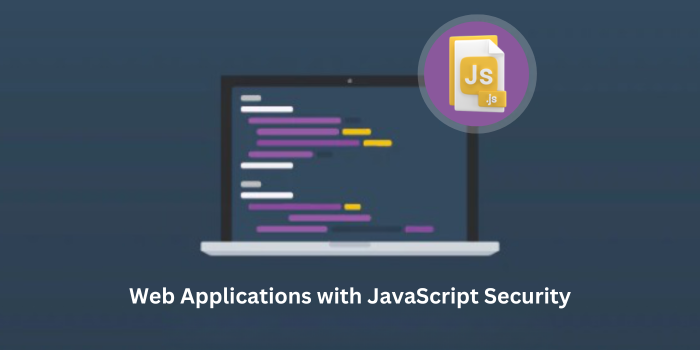H&R BLOCK AT HOME PREMIUM 2013 – MAKES DOING TAXES TOLERABLE
H&R Block At Home Premium Edition 2013

Pros: Easy to install, easy to use, accurate results
Cons: Doesn’t offer me a cup of coffee, like my accountant did
It’s that time of year – time to worry about taxes.
Years ago I used to gather all my papers, and go visit an accountant. He would sit across the desk from me, ask me a zillion questions, and write answers directly on tax forms as I answered him.
Nowadays, I do my own taxes, using an at-home software. For years, I have turned to H&R Block to provide this software. H&R Block has several versions of their product including a free one. The differences: how much support you’ll get, and how much “expert advice” it will provide. In addition, you can choose to purchase state-tax software, or not. In my case, since I run my own business, I choose their H&R Block Premium edition, which contains extra support in that area.
You can purchase the DVD, or simply download it. In all cases, installation is truly a snap. You normally don’t need to answer more than one or two initial questions, then hit “enter” and “I agree” a couple times. If you let the installation install a desktop icon, then starting the software couldn’t be any easier – just click it. Whenever you go into it, the system will offer to check for updates. I can’t stress enough – don’t skip this step! If there are updates out there, trust me, you want them. You always want the system to be working with the most accurate, up-to-date laws and information, right? So, take the extra two minutes and let it do its thing!
So what does the software do? Well, it takes on the role of your accountant. It – basically – asks you a zillion questions and fills out your forms as you go. The difference is that you can opt not to even see the forms. I use this mode. I don’t need to see the actual forms as I go. Just ask me questions, and I’ll answer them. Whatever you do with the answers, you can do behind-the-scenes, as far as I’m concerned!
If this is the first time using the software you’ll have to provide a lot of information. However, if you used the software previously the system offers to get a lot of the information from your previous year. That’s a tremendous time-saver. I let it bring in practically everything from last year, then I only need to edit things that have changed. But let’s face it – if you haven’t moved, changed jobs, or made major lifestyle changes since last year, a lot of the information will be the same. Sure, the dollar amounts will change each year, but I appreciate saving all the typing time.
The system will also offer to bring in information from other software. So if you use Quicken or other financial system, it can bring info from there, as well.
The Q&A sessions continue along, working in major sections. And within major sections are sub-sections. So, “Income” is a major section. Within that section, you’ll have “1099”, “W2”, “Royalties”, “Capital Gains”, “Interest”, etc. At the start of each major section, you can check off which sub-sections you want the system to take you through. So, if you don’t have W2 income, just have it skip that section.
The system proceeds linearly through all sections of the return. However you don’t have to feel “locked-in”. At any point, you can use the “Go-to” button. This lets you hop around to your heart’s content. You can go back and re-visit a previous section. Or, jump ahead if you’re in the mood to work on charitable donations right this minute. You can also toggle back and forth between the interview screens and the forms. You could even modify the data in the forms, if you are so inclined. For instance, if you realize you made a mistake several screens back, you might find it easier to make the change right in the form, rather than find that part of the interview again. Don’t worry, changing the form actually changes your answer in the interview, so the two are always in sync.
The system also includes a handy calculator and the ability to create itemized lists. These are handy tools. For instance, when it comes to medical expenses, you can enter all of your receipts into an itemized list, and it’ll do the math for you. Furthermore, while the list doesn’t become part of your return, it says in the system – think of it as an “attachment” – and provides a handy reference later on.
The system auto-saves every 10 minutes. And you can exit the software and resume as many times as you want.
Have questions as you’re going along? Don’t quite understand what’s being asked? Or, simply unsure of the correct answer? There are plenty of ways to get help. There are plenty of links on the side of the screen that point you toward informative articles on the subject. Also, there are times where the acceptable answers are “Yes”, “No” and “Not Sure”. If you answer “Not Sure” the system will ask you a series of extra questions to help you figure out if you really need a “Yes” or a “No”. There are other places where you can choose “Quick Entry” or “Guided Entry”. Quick entry is great if you’ve entered this type of information before and you know exactly what you’re doing. Guided entry will ask far more detailed questions to help you along, in areas where you’re unclear. Finally, if you’re still unsure, give H&R Block a call or send them an email. Depending on which version of the software you purchased, you have access to a minimum number of free support calls; after the minimum, charges apply.
The entire time you’re working on the return, you’ll get to see a big number on the top right of your screen. This is a positive number if – so far – you can expect a return. Or, it’s a negative number if – so far – you can expect to have to pay. Obviously, I prefer to see a nice big positive number up there. But in any case, it’s nice to know exactly where I stand at any given point. It’s also sometimes interesting to watch how the figure changes as a result of any given entry.
When you’re all finished, the system analyzes your return and gives you some advice. It alerts you to any “questionable” entries. It also offers advice for reducing your taxes going forward. Finally, it guides you through the submission process – whether you choose a paper return or electronic.
Finally, heaven forbid you get audited – H&R Block will provide you “worry-free audit support”. Thankfully, I have not needed this, so I have no idea what it entails or whether it’s truly worry-free or not. I tend to doubt that.
I’ve used this system for years, and really have no complaints. No, doing taxes isn’t “fun” but the system makes it tolerable. Is it accurate? I believe so. I’ve never had reason to question it. The only thing I will caution: The system isn’t “really” your accountant. So, if you make a silly mistake, a typo, or just a bone-headed response, the system might not catch it the way your accountant might. It’s a great idea to have more than one set of eyes on the process, or to double-check your final return for “reasonableness” afterwards.
At around $40 for the Premium version (less for other versions) I don’t see where you can go wrong. If you’re looking for at-home tax software, I recommend H&R Block.
















